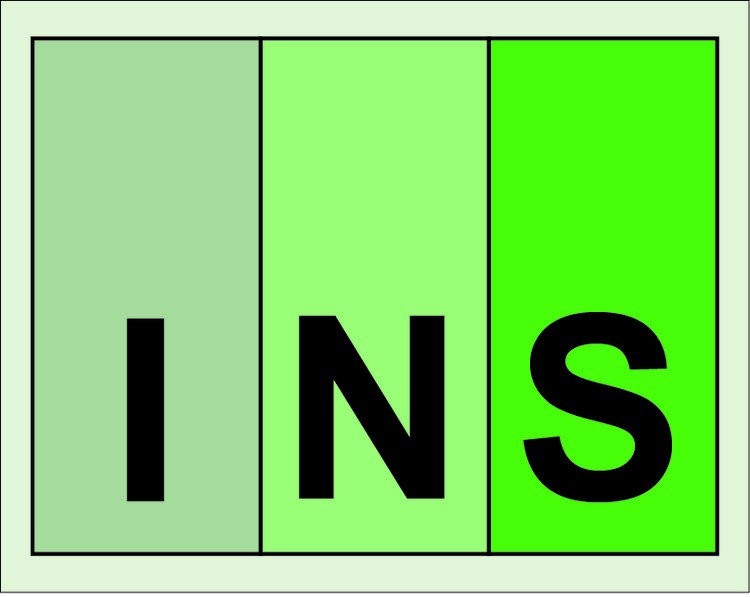How can we broadly define the term New Suburbanism without it losing its utility as a term? If suburbia is an approach to community design based on the dispersal of activities and exchange, how can improvements to the Middle Landscape increase overall access to goods and services for residents and visitors? How can incremental action be based on the mixing of growth policies and practices? It's much too late in modern history to have an ideology or philosophy anchored in built forms. Whereas New Urbanism argues strongly for traditional neighbourhood design (TND), New Suburbanism studies all past approaches to neighbourhood design and seeks blended solutions based on the accommodation of processes. New Suburbanism is an open approach to the study and making of metropolitan areas, specifically "Middle Metropolis" aka suburbia. We see the growth of city-regions positively, as being composed of mainly suburban landscapes and 'suburban fabric' with which the future city will be made, sometimes by mending, sometimes by creative remaking, and sometimes by preservation.
As an open field of research, dialogue and design, New Suburbanism focuses on the weaving and mixing of policies with place types, on combined architectures, and the blend of communities and economies being planned for. New Suburbanism is a dialogue about growth that's integrative and innovative out of necessity (low-capital) and interests (peripheries, globalization, etc). As Neil Brenner illustrates in Thesis on Urbanization, development today is based on global and regional economic processes, and the local accommodation of new residents and activities in keeping with environmental and town plans. How do new suburban environments come to be..
